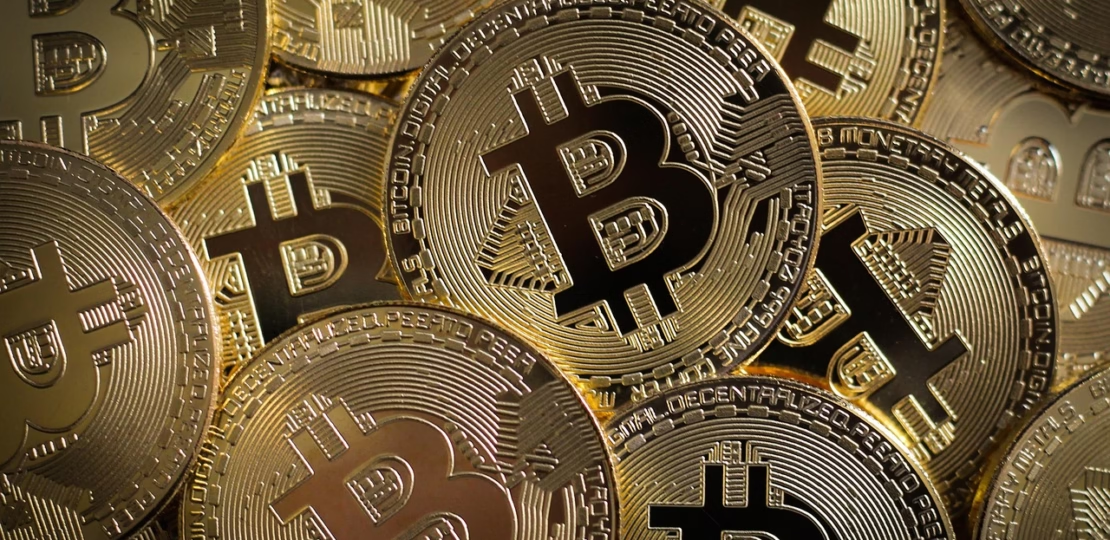Trump Signs Stablecoin Law as Crypto Industry Aims for Mainstream Adoption
In a landmark move that’s sending clear ripples through the financial and crypto sectors alike, former President Donald Trump has signed into law a bill regulating stablecoins—ushering in a significant chapter for the crypto industry. This development doesn’t just paint a new regulatory landscape; it signals a defining moment where the wild west of digital currencies inches closer to mainstream financial markets.
Why This Law Matters More Than You Think
Stablecoins, those cryptocurrencies pegged to real-world assets like the US dollar, are the lifeblood of DeFi (decentralized finance), NFT marketplaces, and everyday crypto transactions. The market cap of stablecoins has soared past $170 billion in early 2024, reflecting an explosive demand for digital currencies that offer the stability of fiat with the agility of blockchain.
Before this legislation, stablecoins lived in a gray area—a hotbed for innovation and speculation but riddled with regulatory uncertainty. This ambiguity stifled institutional adoption and made large-scale investments risky. Now, with clear guidelines establishing legal frameworks on transparency, reserve backing, and consumer protections, players in the crypto ecosystem have a much-needed bedrock of trust.
The Law: What Investors Need to Know
The legislation mandates issuers to hold 100% reserves in fiat or equivalent liquid assets. This ensures that each stablecoin issued is fully backed—ushering in a new era of audit requirements and financial disclosures. The law also empowers regulators to step in swiftly if an issuer faces a liquidity crisis or engages in deceptive practices.
From a macro perspective, this will reduce systemic risk while simultaneously opening the floodgates for institutional participation. Hedge funds, banks, and even sovereign wealth funds have long eyed stablecoins as vital infrastructure—but hesitated due to compliance risks and uncertain legal status.
“This isn’t just a win for crypto; it’s a win for global finance. It brings a level of accountability and security necessary for stablecoins to evolve from speculative tokens to trusted financial instruments.” — Sophia Vance, Financial Analyst & Crypto Commentator
Industry Response: Accelerated Mainstream Integration
The reaction within the crypto community has been cautiously optimistic. Leading stablecoin issuers like Tether, USDC by Circle, and Binance USD have already pledged to align closely with the regulatory standards. Compliance departments are being beefed up, audits are becoming routine, and partnerships with traditional financial institutions are accelerating.
Moreover, this legislation could be the catalyst for central banks to expedite their own digital currency projects. The integration of regulated stablecoins into payment systems facilitates faster, cheaper cross-border remittances and modernizes commerce on a global scale.
What This Means for Everyday Investors
For the everyday investor, the implications are far-reaching. Stability and regulation offer both reassurance and opportunity. You can expect less volatility and lower risk when transacting with stablecoins, making them more attractive for everything from online payments to digital savings.
But there’s an accompanying lesson: regulation isn’t the enemy of innovation; it’s the framework within which innovation scales safely. As an investor, the new stablecoin law levels the playing field—rewarding projects with solid fundamentals and penalizing bad actors. This shift spells a more mature, credible crypto market that’s ready for prime time.
Looking Ahead: The Road to Crypto Legitimacy
Stablecoins have been the missing link between the speculative hype of cryptocurrencies and the practical demands of the financial system. With this legislation, the crypto industry is signaling it’s ready to play by institutional rules without losing its disruptive edge.
For investors keeping an eye on the horizon, the opportunity lies in identifying which projects and platforms leverage these regulations to build robust, scalable services. Whether it’s decentralized finance protocols, payment processors, or digital wallets, the next wave of crypto growth will emerge from stable, compliant foundations.
In closing, this law places the crypto industry on a trajectory toward legitimacy, trust, and widespread adoption. It’s not just an incremental policy change—it’s the wake-up call that stablecoins are no longer a fringe experiment. They are the future of money.





